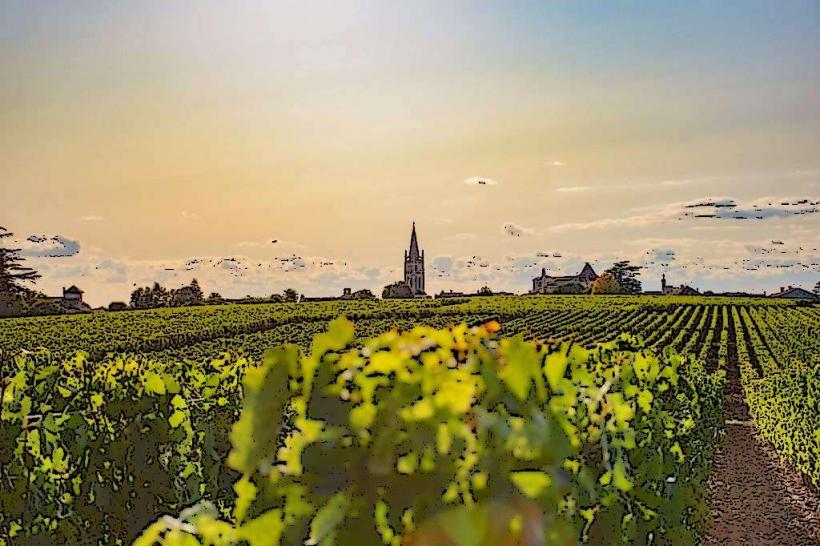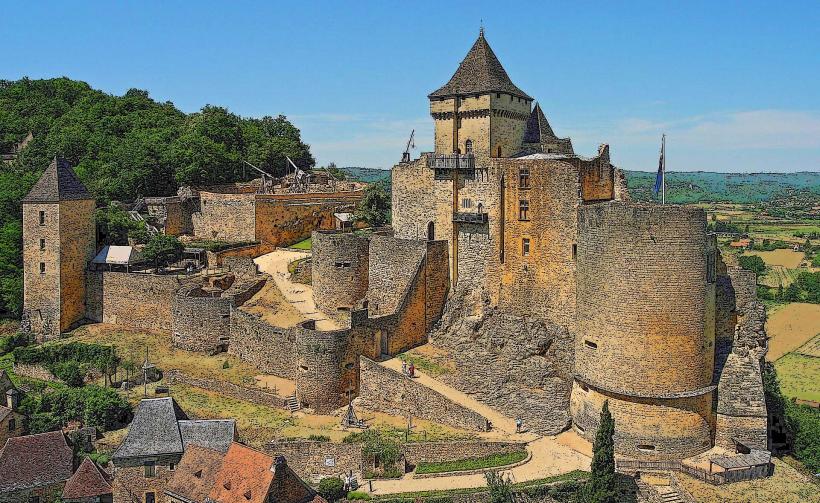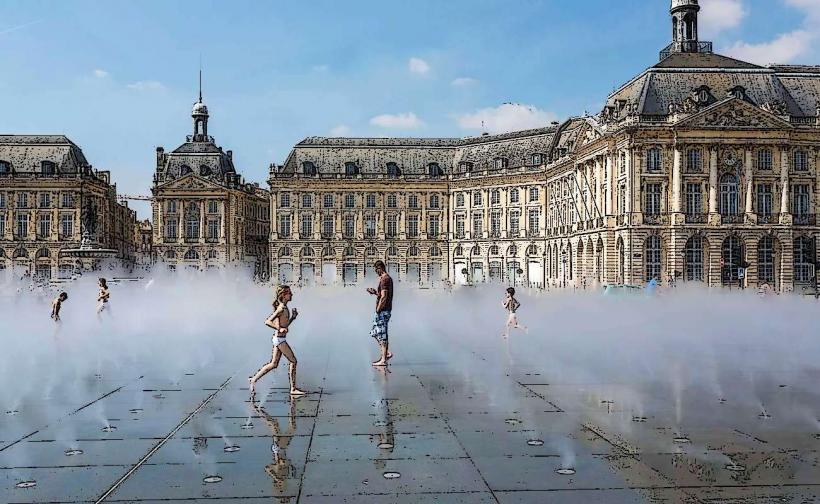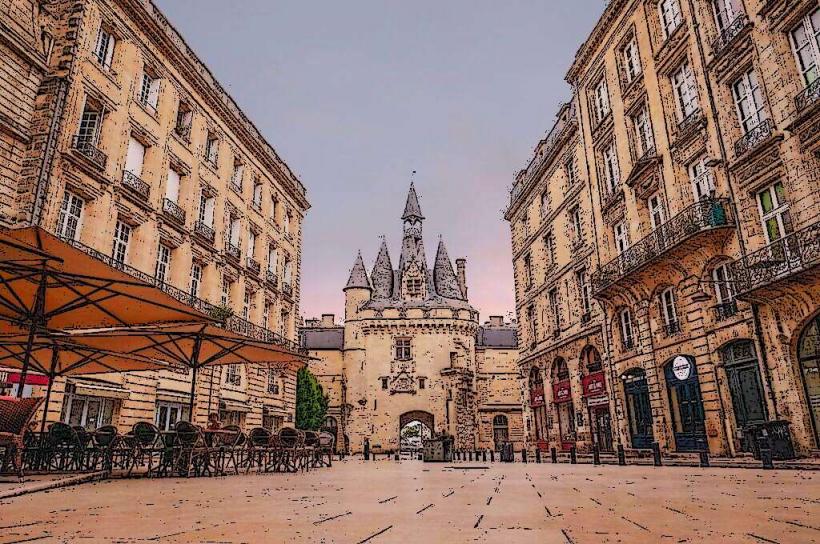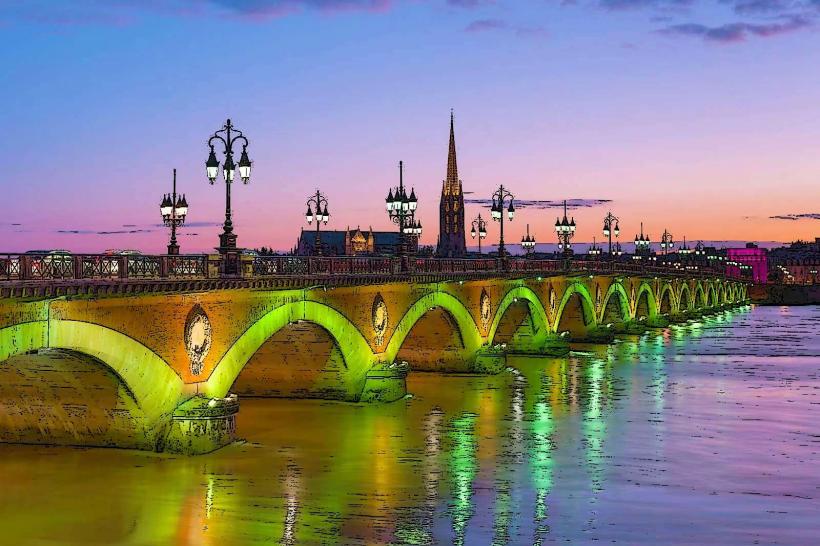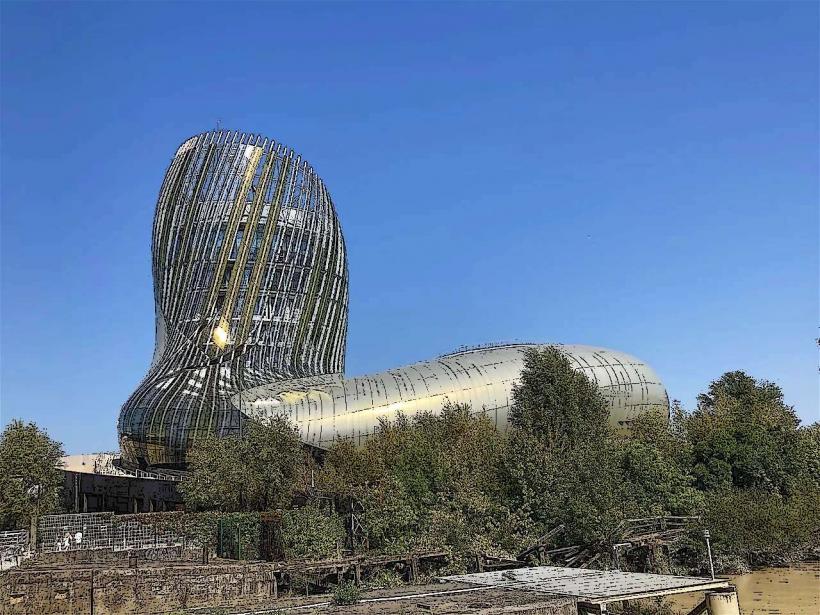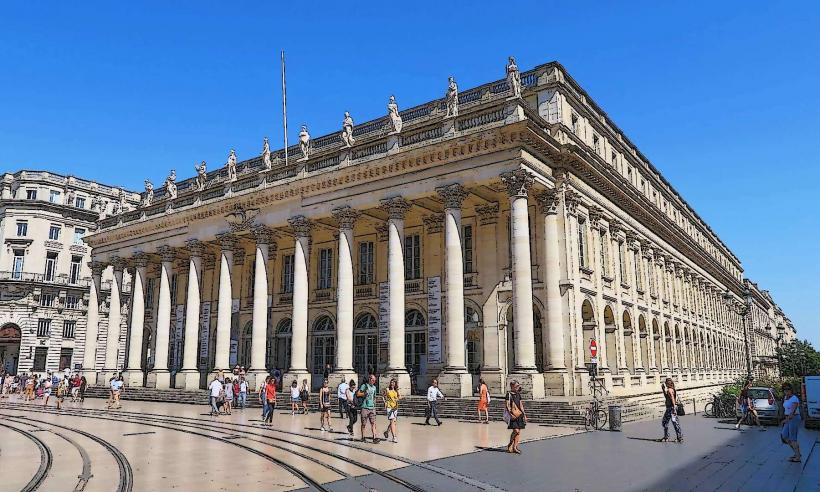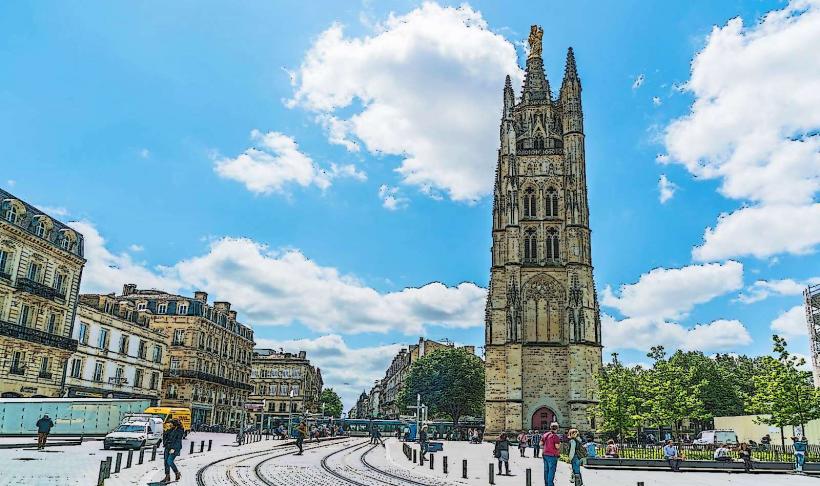Information
Landmark: Lascaux CavesCity: Bordeaux
Country: France
Continent: Europe
The Lascaux Caves are one of the most important prehistoric sites in the world, located in the Dordogne region of Southwest France. They are famous for their remarkable cave paintings, which are considered masterpieces of prehistoric art and offer a fascinating glimpse into the lives of early humans.
Key Features of the Lascaux Caves:
1. Location
- The Lascaux Caves are situated near the village of Montignac, in the Dordogne department, within the Périgord region of southwestern France. The caves were discovered in 1940 by four teenagers who stumbled upon them while exploring the area.
2. Prehistoric Art
- The caves are adorned with some of the most well-preserved and stunning examples of Paleolithic cave art in the world. The paintings are estimated to be about 17,000 years old, dating back to the Magdalenian period of the Upper Paleolithic era.
- The artwork in the caves primarily depicts animals, such as bison, deer, horses, and aurochs (wild cattle), as well as abstract symbols and human-like figures. The paintings are created using natural pigments, such as ochre, and are applied in various ways, including finger painting, stenciling, and spraying pigment.
- The art is not just a representation of the animals in the area but likely had symbolic or ritual significance, possibly related to hunting magic or spiritual beliefs.
3. The Paintings and their Significance
- The Lascaux Caves contain more than 600 paintings, as well as thousands of engravings and drawings. The paintings cover the walls and ceilings of the caves and are divided into several main chambers, each with distinct themes and styles.
- One of the most famous sections of the cave is known as the Hall of Bulls (Salle des Taureaux), where large and dynamic images of bulls and other animals are depicted. The Great Hall features stunning scenes of animals in movement, and in some places, the use of color and shape seems to suggest the animals were in action, lending a sense of vitality to the artwork.
- The Leaping Cow (Vache qui saute), a particularly notable image, depicts a cow or bull seemingly leaping or jumping over other animals, showcasing the dynamic and expressive qualities of the artwork.
4. Discovery and Access
- The caves were first discovered in 1940, and their significance was immediately recognized. Shortly after the discovery, the site became a major archaeological and tourist attraction.
- In 1963, to protect the delicate paintings from damage caused by moisture, carbon dioxide, and the bacteria from human breath, the original caves were closed to the public. However, due to the immense interest in the site, a replica of the caves, known as Lascaux II, was created in 1983 near the original site.
- Lascaux II replicates the most famous sections of the caves, including the Hall of Bulls and other key panels, using modern techniques to preserve the details of the artwork. This allows visitors to experience the art while ensuring the original paintings remain protected.
5. Lascaux IV: The International Centre for Cave Art
- In 2016, a larger and more advanced replica of the caves, called Lascaux IV, was opened to the public. Located just a short distance from the original cave site, this center offers an immersive experience, with high-tech displays, interactive exhibits, and virtual tours of the caves.
- Lascaux IV provides an incredibly detailed and accurate reproduction of the entire cave complex, including previously inaccessible sections. The center offers educational resources, including explanations of the history, techniques, and significance of the paintings, making it a fantastic destination for both history and art enthusiasts.
6. Preservation Challenges
- The preservation of the original Lascaux Caves has been a major concern due to the risks posed by modern human activities. Since the caves were closed to the public in the 1960s, various conservation efforts have been made to protect the fragile paintings from environmental damage, including the development of technologies to monitor the caves’ temperature, humidity, and air quality.
- The opening of the caves to the public in the early years resulted in the growth of fungus and the development of black mold on the walls, which significantly damaged the artwork. The replicas, such as Lascaux II and Lascaux IV, are a way to allow people to view the art while preserving the integrity of the original site.
7. Archaeological Significance
- The Lascaux Caves are not only significant for their stunning artwork but also for the information they provide about the lives and culture of early humans. The paintings give us insight into the relationship between early people and the animals they lived alongside, as well as their hunting practices and possibly their spiritual beliefs.
- The caves are part of a broader archaeological and historical context that includes other important prehistoric sites, such as Chauvet Cave and Altamira Cave, which also feature impressive cave art from the same period.
8. Visiting the Caves and Surrounding Area
- Visitors to the Dordogne region can visit the Lascaux IV Centre and explore the replica caves to get a close-up view of the prehistoric art. Guided tours are available, offering expert explanations about the caves' history, significance, and the techniques used to create the artwork.
- The Dordogne region itself is rich in history and natural beauty, with charming villages, castles, and other prehistoric sites, such as the Grotte de Font-de-Gaume and Les Eyzies-de-Tayac, which are also home to important prehistoric caves and artifacts.
Conclusion
The Lascaux Caves in Dordogne are an unparalleled glimpse into the early artistic expression of humanity. The remarkable prehistoric paintings continue to fascinate researchers and visitors alike, offering valuable insights into the spiritual, cultural, and practical lives of our ancient ancestors. While the original caves are closed to protect the artwork, the Lascaux II and Lascaux IV replicas allow the public to experience the magic of this incredible site in a way that ensures its preservation for future generations.

